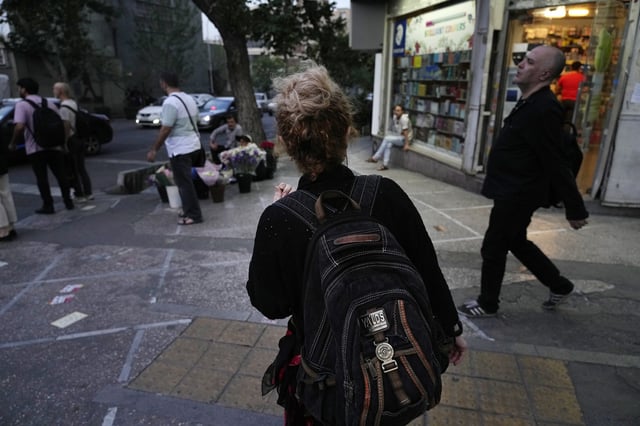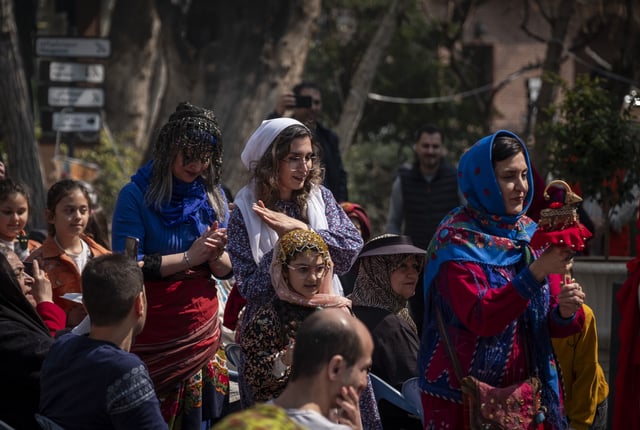Overview
- A UN investigation highlights Iran's intensified use of electronic surveillance, including drones and facial recognition, to enforce mandatory hijab laws.
- Authorities have implemented a mobile app enabling citizens to report women violating dress codes, with reports triggering police warnings and vehicle impoundments.
- The crackdown comes under the 'Noor Plan,' which has led to at least 618 arrests since its reimplementation in April 2024.
- The findings follow ongoing repression two and a half years after Mahsa Amini's death in custody, which sparked nationwide protests against hijab laws in 2022.
- The report also notes Iran's broader efforts to silence dissent, including targeting activists and journalists both domestically and abroad.



